Lawn care and maintenance
Lawn care and maintenance is a subject that most of us start to think about in early spring, and the autumn, as these are the optimum times for seasonal work to be carried out on your lawn. The following post provides a number of points you need to take into account for some simple but effective lawn care. Maintaining a lawn really doesn’t need to be a full time occupation, so try following these few principles to make your lawn look better than ever.
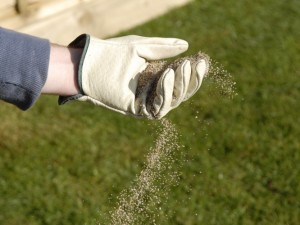 |
Grass needs nutrients. Apply granular feed, weed and mosskiller twice a year, accurately by hand, or with a purpose-made spreader (see also ‘Things to consider’ at the bottom of the page. |
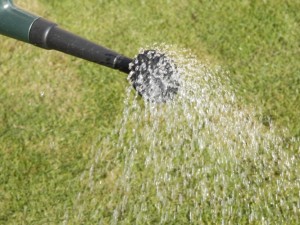 |
In small areas, liquid feed will instantly boost the lawn, as well as promote vigorous root growth and improve its general health. |
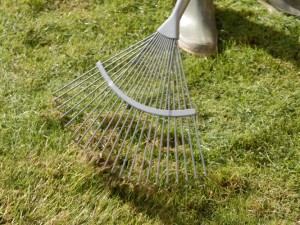 |
The lawn will recover quickly and look fantastic if you remove dead moss with a wire rake or scarifier after applying a moss control product. |
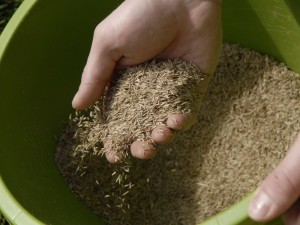 |
After raking, apply 20g per square metre (about a handful every two square metres) of grass seed, to thicken the lawn. |
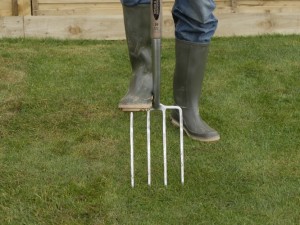 |
Spike a compacted lawn with a garden fork to a depth of 6cm at 30cm intervals to prevent poor root growth, weed invasion and moss. |
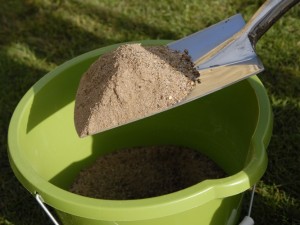 |
Top dressing is not essential but really improves the look of the lawn. Apply a spadeful every square metre and brush in if you have spiked the lawn. |
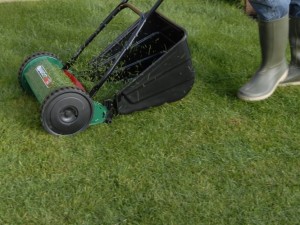 |
If you have a rotary or cylinder mower with adjustable cutting heights, keep the first cuts of the season high. Reduce this as the season progresses. |
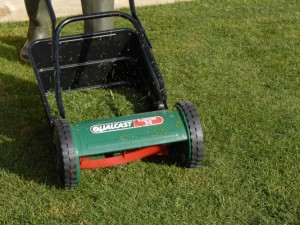 |
When grass is growing fast, cut it once or twice a week, if possible at right angles to the previous cut. Mow less often in dry weather. |
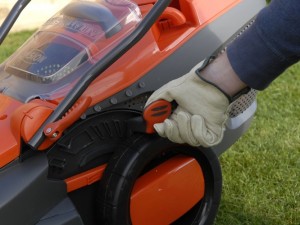 |
Close mowing – leaving less than 10mm – deprives grass roots of nutrients. Grass that is cut higher needs less cutting and is more drought resistant. |
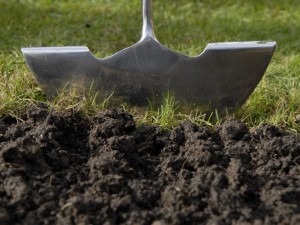 |
Trim grass edges once a year with a half-moon edging iron, preferably in the spring, to neaten edges and stop it from spreading beyond its borders. |
Lawn care tips
- When using any products in your garden, always pay close attention to the manufacturer’s instructions.
- If you use granular feed when the weather is wet, you don’t have to water it in. Apply liquid feeds when it is dry.
- Autumn feeds are a good idea as this helps encourage future drought resistance and toughens the top growth to best prepare the lawn for the winter.
- Consider laying paths on the more walked on routes across the lawn. The grass in well-trodden areas is always fighting to survive and a path or stepping stones may be the solution, whilst adding another feature to your garden. See my ‘Paths, paving and patio’ guides for more information.
- Although it is possible to do all your feed and seed spreading by hand, it certainly is easier using a machine. There are different makes and designs to choose from, which you can find in all the DIY outlets, or your local garden centre.
